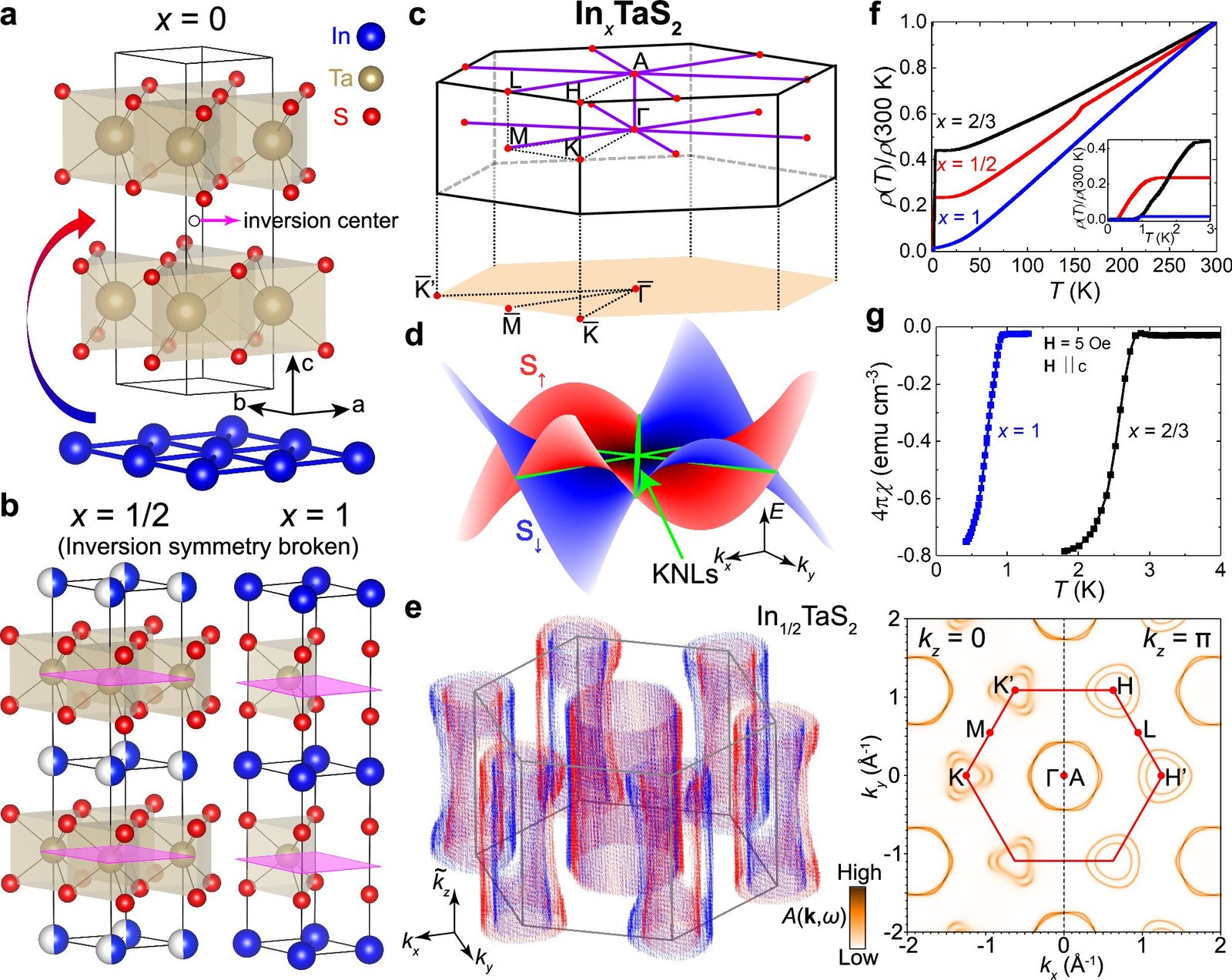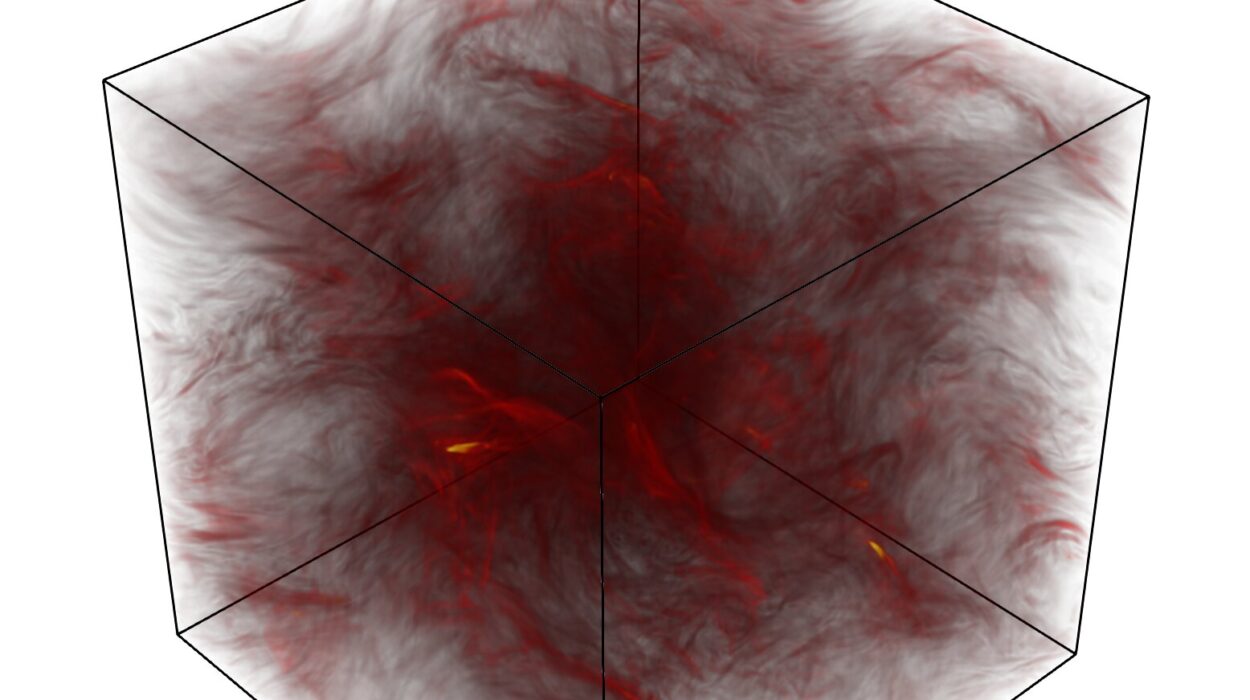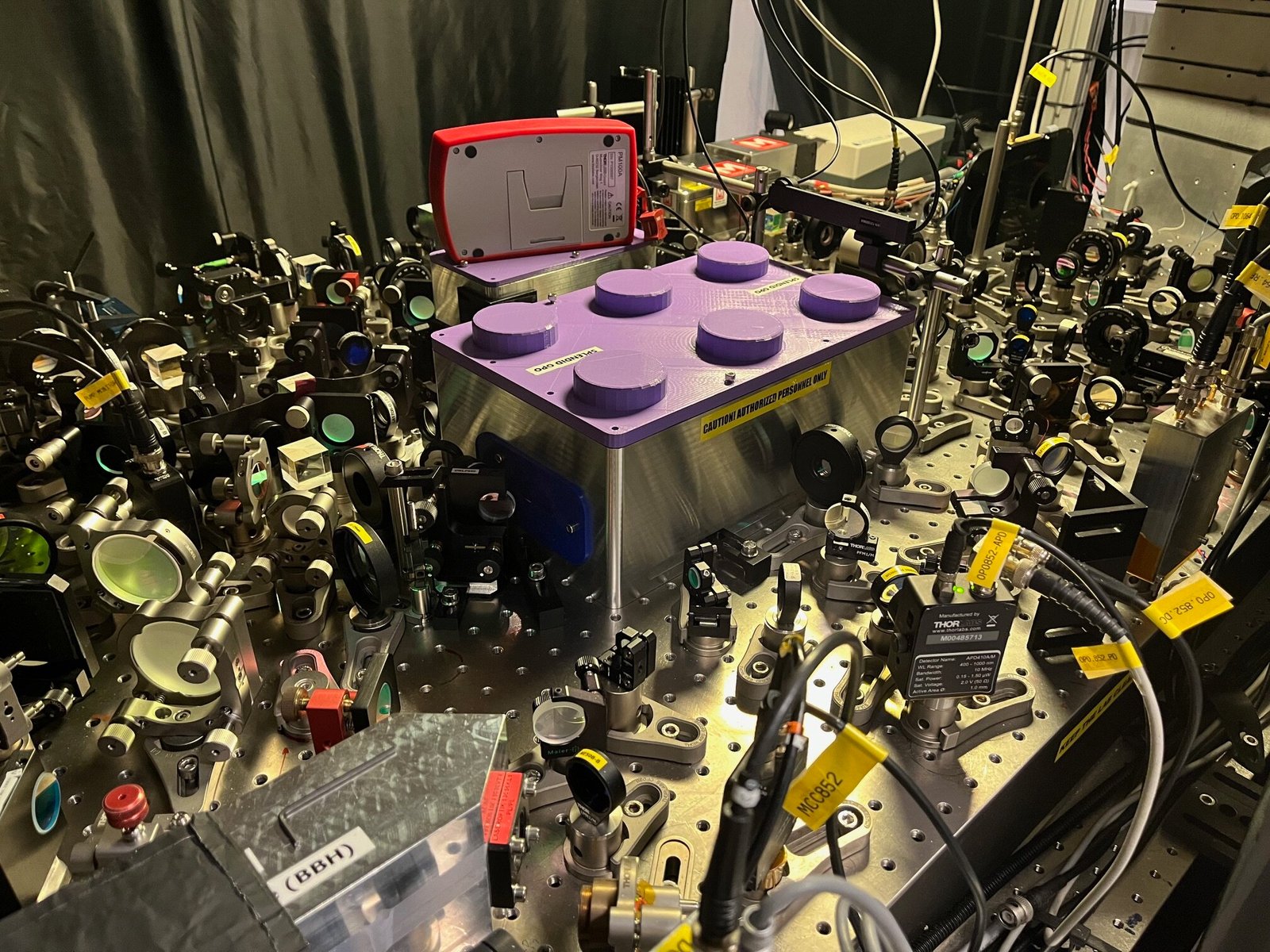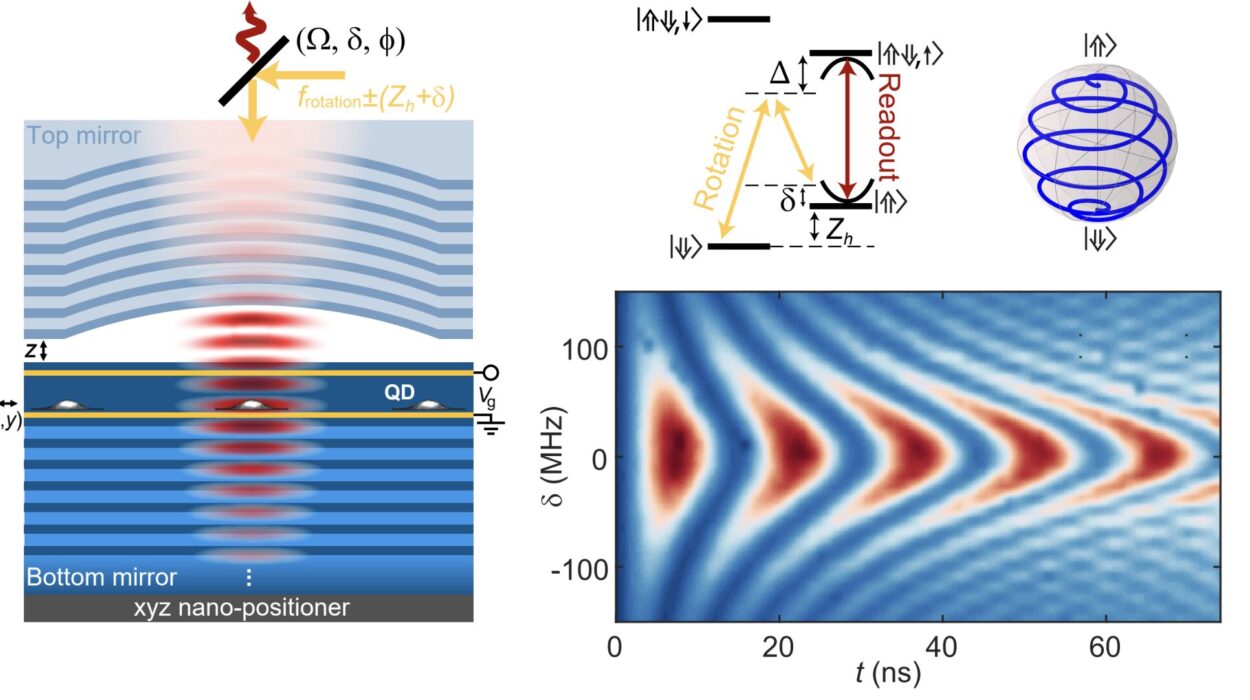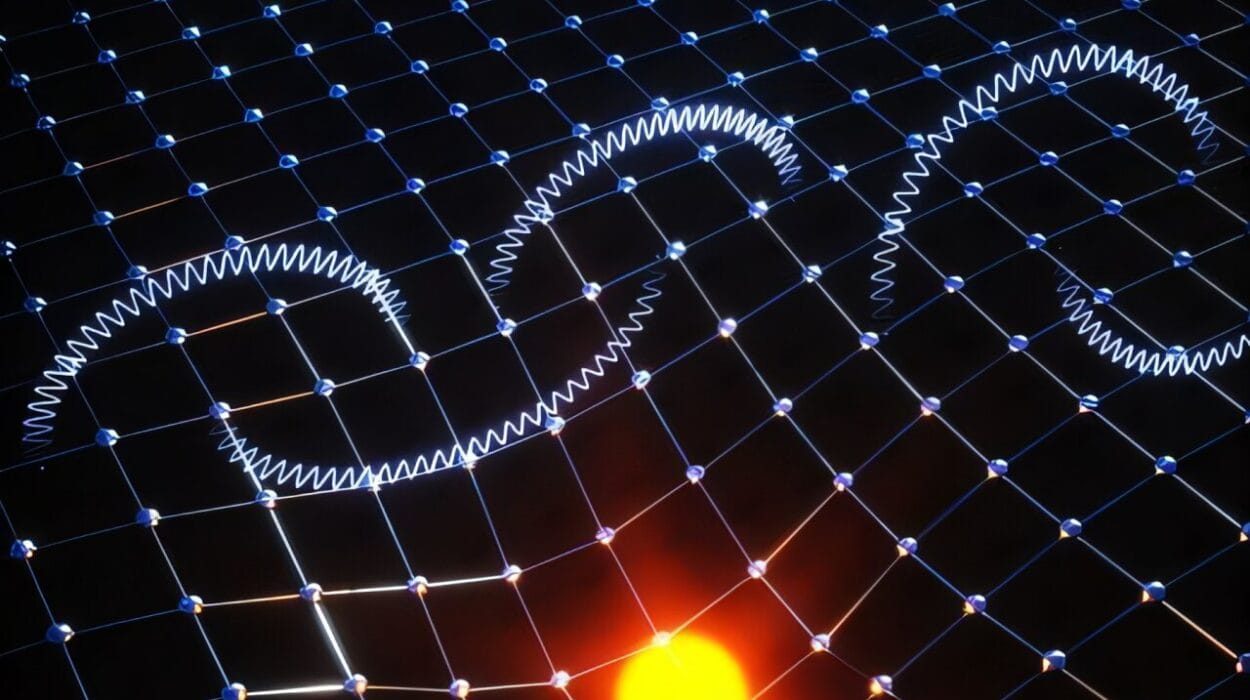In the bustling laboratories of Rice University, where science and innovation meet at the frontier of human understanding, a group of physicists has achieved something that could change the very architecture of our future technologies. Led by Professors Ming Yi and Emilia Morosan, a research team has engineered a brand-new quantum material that defies conventional behavior and holds the potential to revolutionize how electricity flows through the electronic devices of tomorrow.
At the heart of this breakthrough is a peculiar and powerful material called a Kramers nodal line metal. Though it sounds like something out of a science fiction novel, this creation is very real—and very promising. It may one day become the backbone of next-generation electronics that are faster, more powerful, and astonishingly energy efficient.
But to truly appreciate the significance of this achievement, one must journey into the intricate world of quantum materials, where particles don’t just move—they dance to the beat of symmetry, spin, and strange topologies.
Cracking the Code of Crystal Symmetry
To the untrained eye, a crystal might look like a glittering, symmetrical chunk of rock. But at the atomic scale, crystals are exquisitely ordered structures, governed by patterns and symmetries that dictate their behavior. Tantalum disulfide (TaS₂), the material that formed the base of the team’s investigation, is one such crystal. In its pristine state, TaS₂ is known for its layered structure and electronic quirks, but it had never displayed the properties the Rice researchers were searching for.
Enter indium—a silvery-white metal with a knack for altering atomic arrangements. By carefully introducing a small amount of indium into the layers of TaS₂, Yi and Morosan’s team didn’t just tweak the material—they transformed it. Like adding a drop of dye to clear water and watching the color spread, the indium atoms shifted the symmetry of the crystal just enough to trigger a cascade of quantum effects.
This slight modification birthed a material that behaves unlike any traditional conductor or semiconductor. It showed signs of a rare and fascinating quantum phenomenon: Kramers nodal line behavior.
The Highway of Electrons
In most materials, electrons behave like particles in a crowd—jostling, interacting, sometimes crashing into obstacles as they carry energy from one place to another. But in this newly engineered metal, something extraordinary happens. The electrons, which can be thought of as tiny spinning spheres, align themselves into two distinct groups: those that spin up and those that spin down.
These two groups don’t just move independently—they travel along distinct routes in momentum space, like lanes on a highway. Until, that is, they converge along a Kramers nodal line—a kind of quantum junction where the electronic bands are forced to intersect due to the material’s inherent symmetry. Think of it as a perfectly choreographed dance, where every electron knows exactly where to go and how to spin, all while maintaining perfect synchronization.
This elegant movement isn’t just visually poetic—it’s physically profound. It means the material may allow for electrical conduction with minimal resistance, a property that’s essential for building more sustainable, high-performance electronics.
Discovering a Topological Superconductor
As the team dug deeper, another astonishing property emerged: the material also exhibited signs of superconductivity, the ability to carry electric current with zero energy loss. Even more compelling, this superconductivity appeared to coexist with the unique topological behavior—a rare and coveted trait in the field of condensed matter physics.
This opens the door to a long-sought goal in physics: the creation of a topological superconductor. Such materials are predicted to support special types of quantum states that could one day power fault-tolerant quantum computers, devices capable of solving problems far beyond the reach of today’s most advanced supercomputers.
“Designing a material to meet the stringent symmetry conditions necessary for these special properties was challenging,” said Professor Emilia Morosan, a leading voice in quantum materials research at Rice. “But the outcomes have been deeply rewarding, not only for our understanding of quantum matter but also for the potential technological applications.”
From Lab to Lattice: Tools of Discovery
Unraveling the mysteries of this material required more than theory. The team employed some of the most sophisticated tools in modern physics, including spin-resolved angle-resolved photoemission spectroscopy (ARPES), a technique that lets scientists “see” the behavior of electrons as they travel through a material. By firing photons at the sample and analyzing the ejected electrons, researchers can reconstruct a map of the electronic band structure—like taking an X-ray of a quantum dance.
In combination with transport measurements in carefully controlled magnetic fields, the researchers were able to capture the fingerprints of the Kramers nodal line behavior. They observed how electrons moved, how their spins evolved, and how these properties shifted under different experimental conditions.
“These experiments let us fine-tune the material’s behavior with remarkable precision,” explained Yichen Zhang, a doctoral student and co-first author of the study. “We can now engineer and emphasize its topological traits in ways that are vital for real-world applications.”
Bridging Theory and Experiment
The power of this research lies not just in its experiments, but in its harmonious blend of theory and observation. The team collaborated with computational physicists to perform first-principles theoretical calculations, simulating how electrons should behave in this altered crystal landscape. These simulations matched the experimental data with stunning accuracy, giving researchers high confidence in their interpretation.
This seamless integration of theory and experiment is essential in the emerging field of quantum materials. It helps confirm that what scientists are observing isn’t just a fluke, but a reproducible, controllable effect that could be harnessed for new technologies.
“The alignment between our theoretical models and experimental results is a testament to the robustness of this discovery,” said Ming Yi, associate professor and co-lead of the study. “It gives us a reliable platform to build upon as we explore the potential applications of these fascinating materials.”
A Foundation for the Future
At its core, this research does more than unveil a new material—it lays a blueprint for how scientists can create and manipulate materials with exotic electronic properties. By carefully designing the symmetry of a crystal, one can induce behaviors that aren’t present in nature but could become critical components of future technologies.
This ability to engineer materials from the atomic level up is the beating heart of a new era in materials science. It promises innovations in everything from low-power electronics and efficient energy grids to robust quantum computers and advanced sensors.
“This kind of research exemplifies the mission of the Smalley-Curl Institute,” said Junichiro Kono, director of the institute and co-author of the study. “It’s about bringing together physics, chemistry, materials science, and engineering to explore the unknown and build technologies that can transform our world.”
Looking Ahead: The Quest Continues
While the discovery of this Kramers nodal line metal is a landmark achievement, it’s just the beginning. The team at Rice is already looking to further refine the material, explore its behavior under different conditions, and investigate whether similar results can be achieved with other elemental substitutions or structural tweaks.
“There’s still so much we don’t know about the full range of behaviors this material can exhibit,” said Yuxiang Gao, another doctoral student and co-first author. “We’re eager to push the boundaries and see what other surprises it holds.”
The excitement is palpable among the research team, not just for what they’ve discovered, but for what lies ahead. In a world increasingly defined by data, computation, and energy demands, the ability to design materials that marry performance with sustainability is nothing short of revolutionary.
With one eye on the periodic table and the other on the quantum realm, the physicists at Rice University are not just studying materials—they are inventing the future.
Reference: Yichen Zhang et al, Kramers nodal lines in intercalated TaS2 superconductors, Nature Communications (2025). DOI: 10.1038/s41467-025-60020-z
